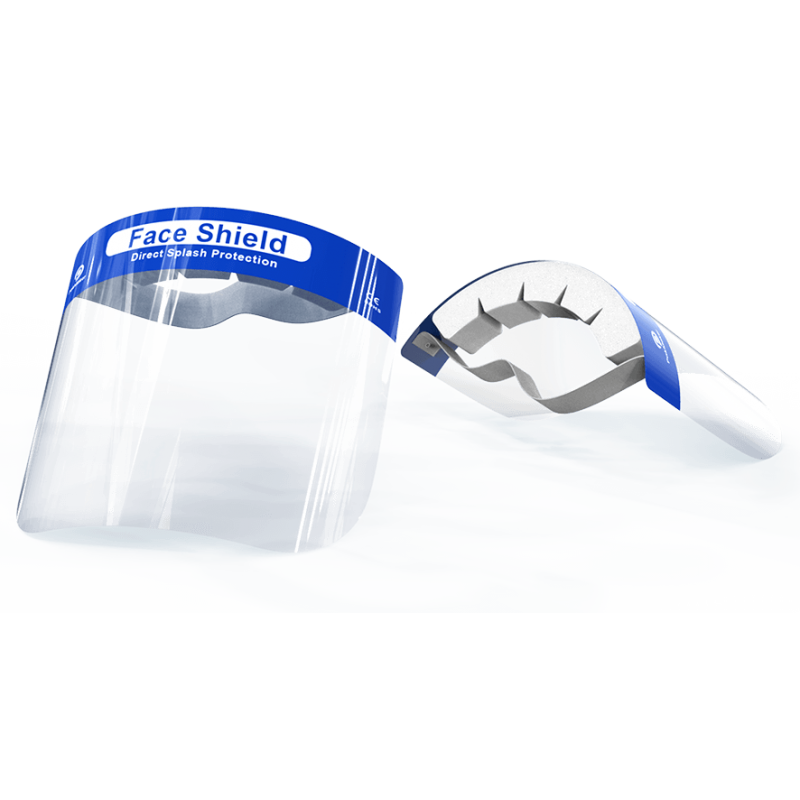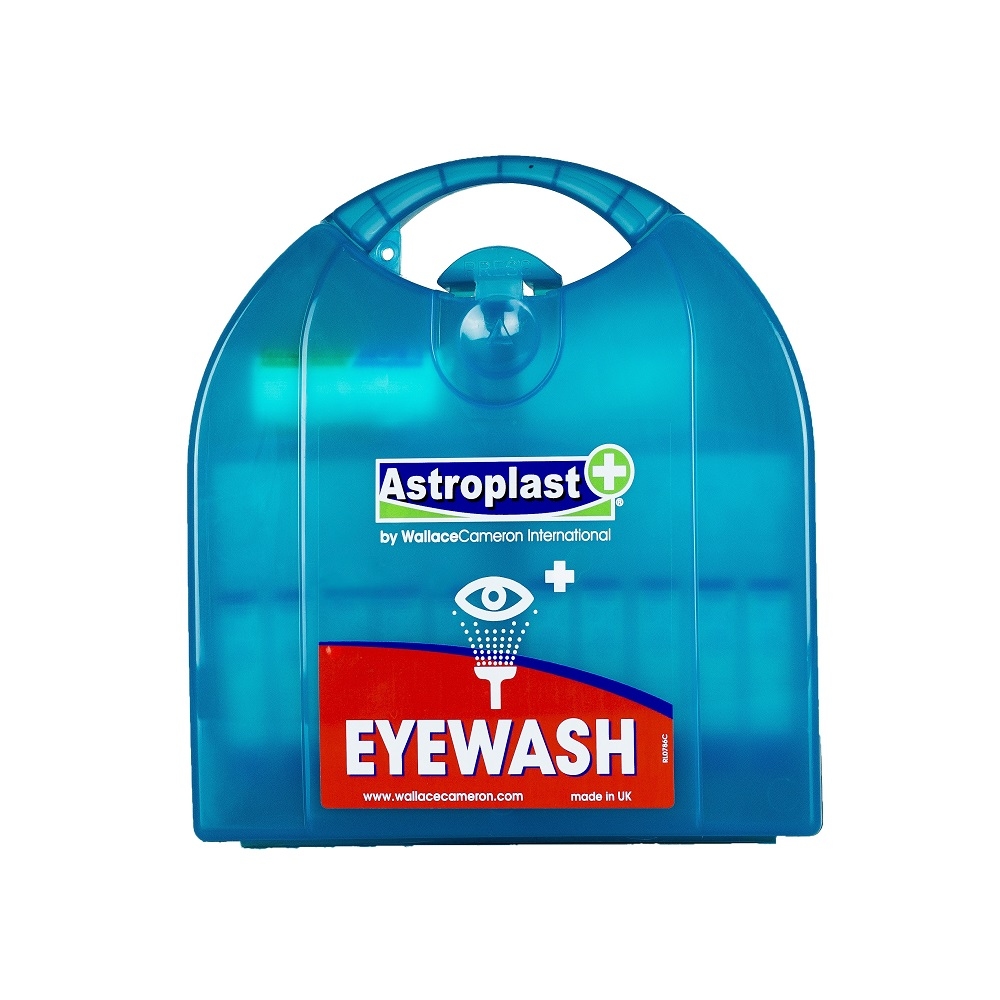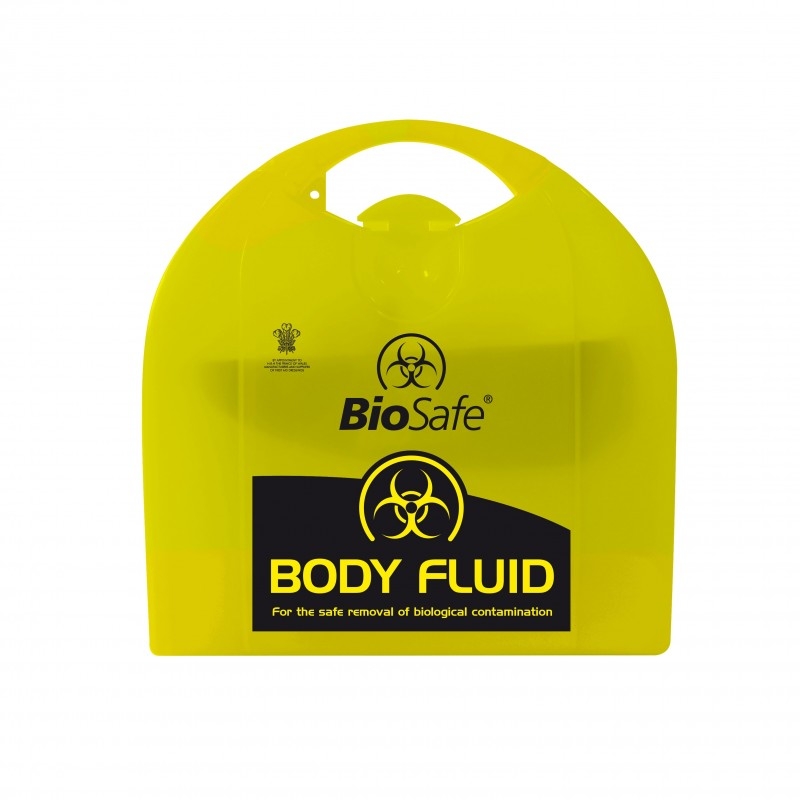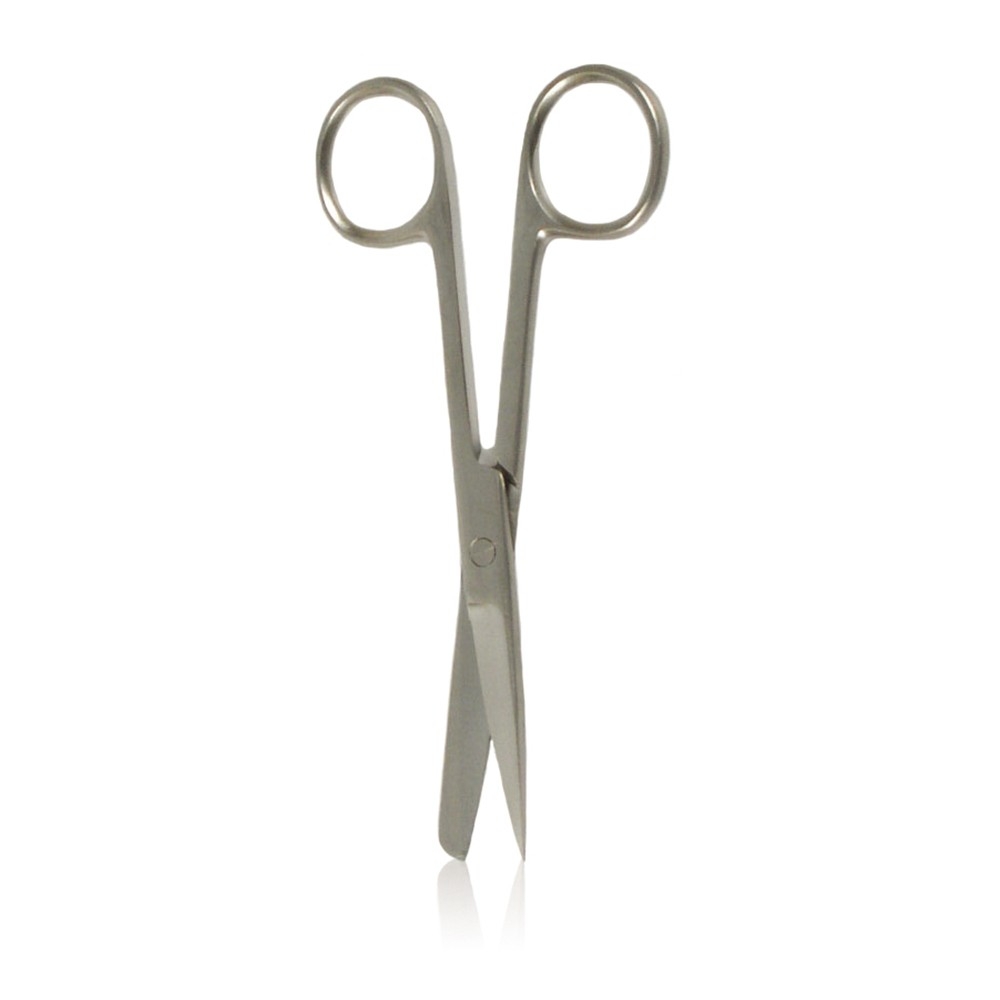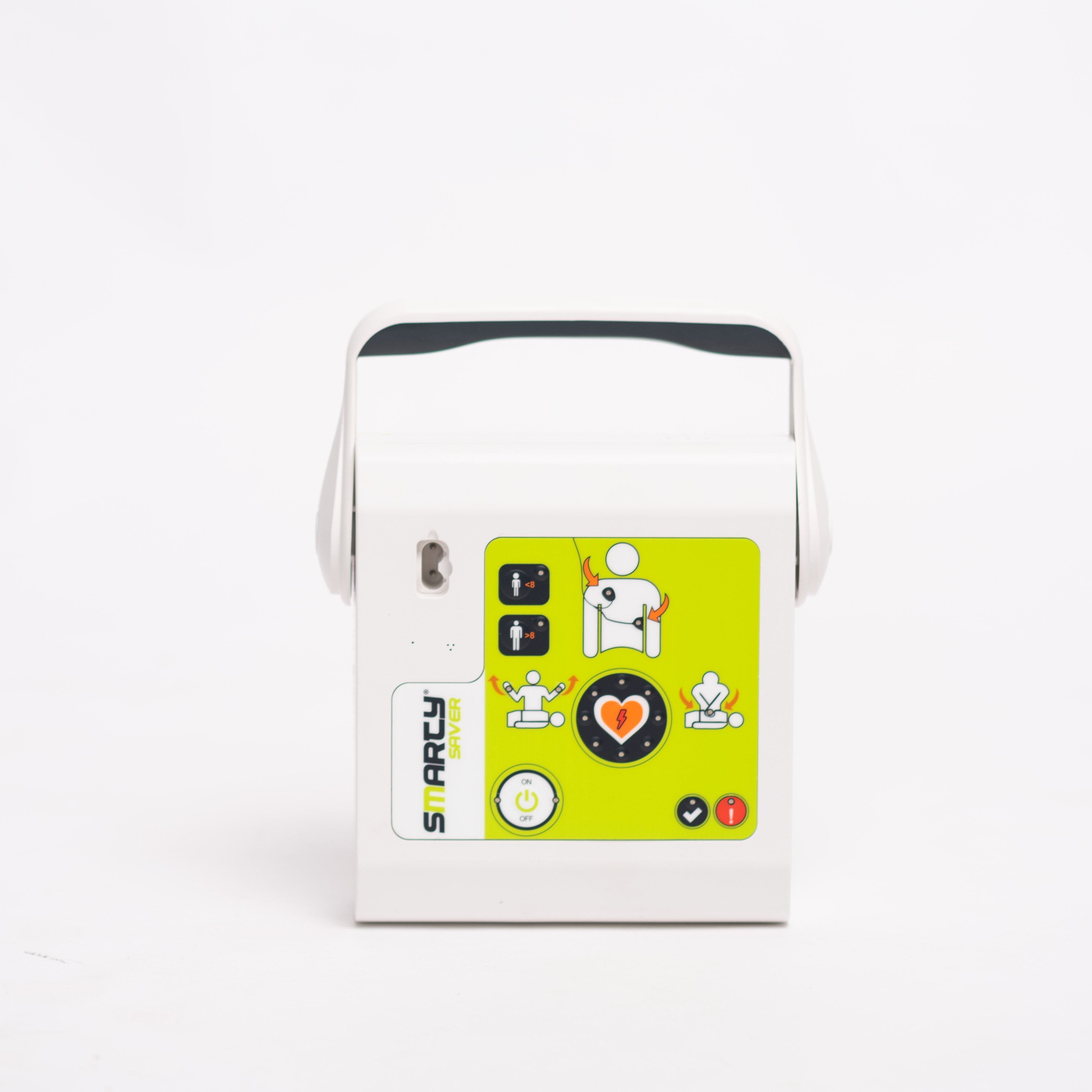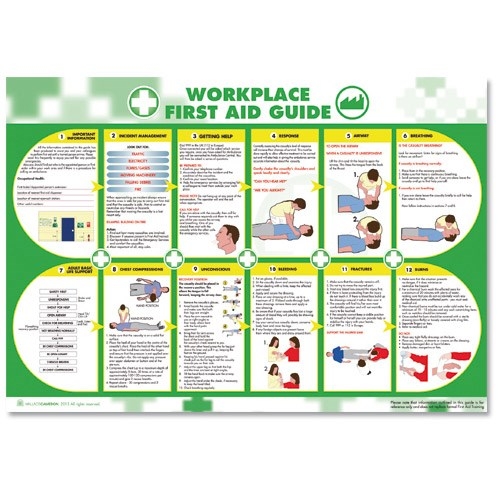
What you need to know about defibrillators and AEDs
25th February 2020
What is a defibrillator? Are defibrillators and AEDs the same thing? These are common questions that derive from a general misunderstanding on one of first aid’s essential items.
Access to AEDs, whether at work, a sports event, or in a public place, can be the difference between life and death when someone succumbs to cardiac arrest.
With timing being key in these situations, it’s important to know what defibrillators are and how to use them in an emergency.
What does a defibrillator do?
Let’s look at defining what a ‘defibrillator’ is through establishing its purpose and the condition they are used to treat.
When a heart is in fibrillation, it means there is either a lack or disturbance of its electrical pulse. Cardiac arrest is defined when the heart stops beating. The purpose of a defibrillator is to reverse the state of fibrillation by delivering an electric current that re-establishes a pulse to the heart.
AED myths and FAQs
Misunderstanding surrounding AEDs is common among the general public. Here are some of the most common questions that people ask about the use of defibrillators.
Do you need training to use an AED?
You don’t require any medical training to use an AED and there aren’t any legal complications. They have been designed to be as clear and simple to use by anyone in an emergency.
That being said, training is beneficial and, with time of the essence, it can increase the chances of survival for those in cardiac arrest due to the speed and efficiency of those handling the AED.
Using a defibrillator within the first three minutes of collapse can increase the chances of survival by up to 70%. The survival rate reduces by approximately 10% for each subsequent minute that passes.
Are AEDs and defibrillators the same thing?
An AED is a type of defibrillator. The abbreviation stands for Automated External Defibrillator. These portable defibrillators come in two forms: fully-automatic and semi-automatic. While neither is more effective at saving a life, as they both ultimately serve the same function, the one key difference between them can prove significant in the hands of an untrained operator.
Other types of defibrillator include an ICD (Implantable Cardioverter-Defibrillator). These implants are able to perform cardioversion, defibrillation, and some models can additionally maintain the pace of the heart.
What’s the difference between a fully-automatic and semi-automatic AED?
Those who lack experience can find themselves freezing at the point where they need to trigger the electric shock from a semi-automatic AED. These devices deliver a countdown to the point where the charge should be administered to the patient. The thought of causing more harm than good can get into the mind of the aider, resulting in a delay after the countdown.
Fully-automatic AEDs don’t require this manual assistance. It will instead apply the voltage at the precise moment the countdown completes. The only risk in this is that the AED will of course not be able to detect whether anyone else is physically contacting the patient. It will, however, sound an alarm as a warning for those to clear the casualty.
Is a heart attack the same as cardiac arrest?
The terms are not interchangeable. A heart attack is when one of the coronary arteries becomes blocked. When this happens, the heart muscle is starved of its blood supply and, if untreated, will begin to die due to a lack of oxygen.
Unlike a heart attack, cardiac arrest is when a person’s heart stops beating. Blood is no longer being pumped around the body and the individual will no longer be breathing normally.
Can the misuse of an AED do more harm than good?
It’s not possible for you to inflict further damage to a patient through the use of an AED. Remember, the defibrillator will only administer voltage if it detects the signs of cardiac arrest. You cannot deliver a shock to someone who doesn’t need one.
Can AEDs be used on children?

Heart attacks and cardiac arrest can affect people of all ages, including children. Cardiac arrest in children is rare but, when it does happen, it typically occurs during or following sporting activity. Access to a defibrillator at school can prove to be life-saving during such an event.
How many times can you use an AED on someone?
A patient can be shocked as many times as is necessary. Unfortunately though, the chances of recovery decrease with each failed usage.
Are AEDs expensive to buy?
Quality defibrillators don’t cost a fortune. Prices for fully and semi-automatic AEDs start from around £700-£800.
At First Aid Warehouse, we stock a range of defibrillators, including starter packs. You’ll also find a range of accessories, from carrying cases to training pads and alarmed wall-mounted AED cabinets.


